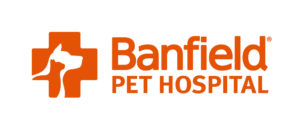Every day we choose how we look at the world. We decide to focus on what we have or what we don’t have. We choose to engage with what’s actually happening or worry about what might happen in the future. We assume the best about people or we assume the worst. We lift others up, or “put them in line.” The choices are (almost) always ours to make.
Unfortunately, we live in a world where our media (and especially social media) is powered by fear and anger. Some people continually internalize these emotions, they live in a dark and fearful headspace, and they seek validation by drawing others into their worldview. We need to compassionately recognize these people and be mindful of how we let them affect us.
Let’s never forget, we go through this life only one time. We often can’t control what happens to us, but we can control the way we respond. We can be a force for good without being afraid and angry. We can be grateful for all that we have and still take action to make this world a better place. Every single day, we get to choose how we want to live.
